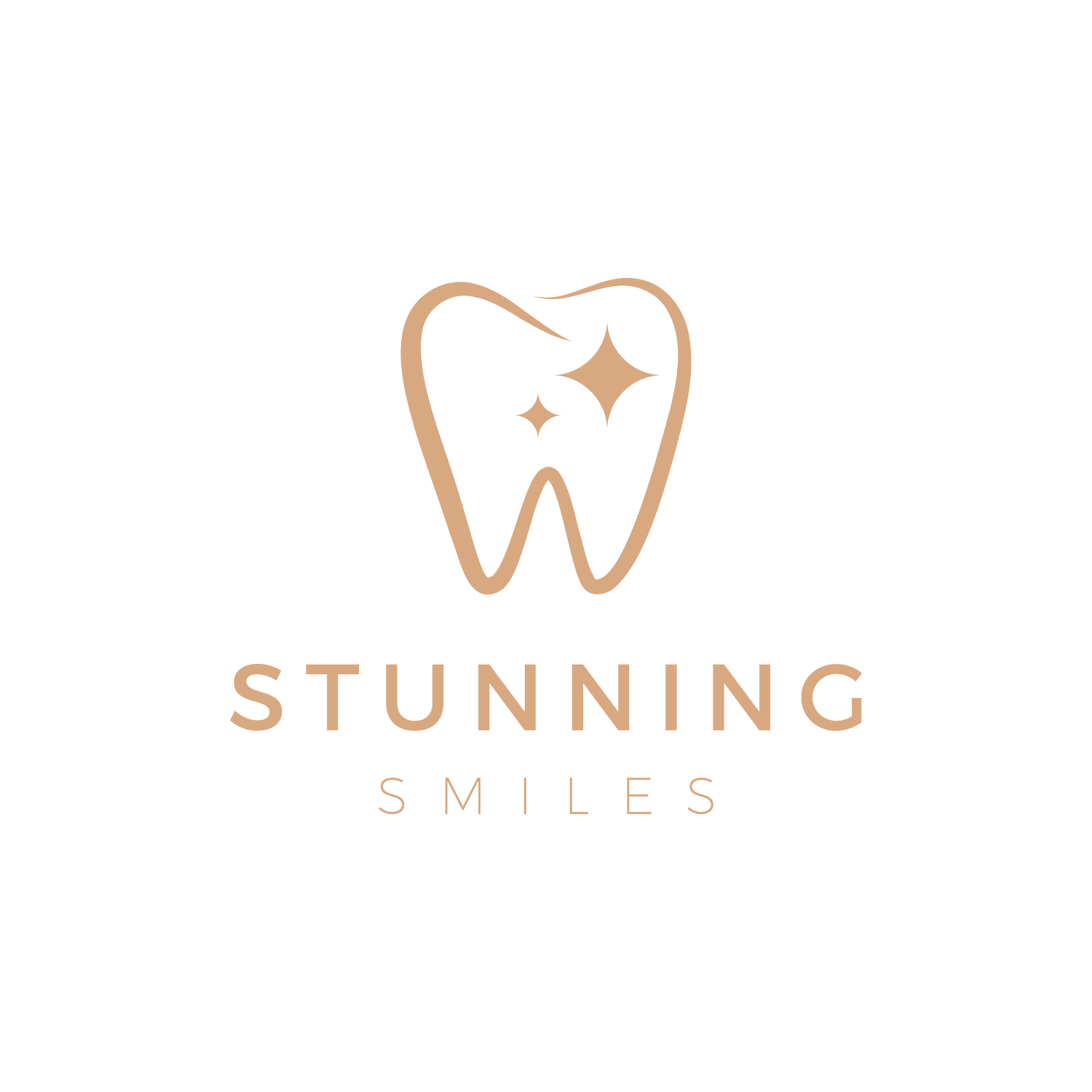The Connection Between Childhood Sleep-Disordered Breathing and Dental Health
A good night's sleep is essential for the overall health and well-being of children. However, there are certain conditions that can disrupt their sleep patterns, one of which is sleep-disordered breathing (SDB).
SDB encompasses a range of breathing difficulties during sleep, including snoring, obstructive sleep apnea, and mouth breathing. While the impact of SDB on a child's sleep quality and cognitive development is well-known, its relationship with dental health is often overlooked. In this blog, we will explore the connection between childhood sleep-disordered breathing and dental health.
Understanding Childhood Sleep-Disordered Breathing:
Sleep-disordered breathing in children often results from structural or functional abnormalities in the upper airway, such as enlarged tonsils or adenoids, nasal congestion, or a narrow dental arch. These issues can obstruct the airway, leading to partial or complete blockage during sleep. Consequently, the child may experience pauses in breathing, loud snoring, restless sleep, and frequent awakenings.
The Impact on Dental Health:
Malocclusion: Children with SDB often exhibit dental malocclusion, which refers to misalignment of the teeth and jaws. The constant pressure and strain caused by mouth breathing can alter the growth and development of the upper jaw, leading to a high and narrow palate, crowded teeth, and an overbite. Correcting these malocclusions may require orthodontic treatment in the future.
Tooth Grinding: Sleep-disordered breathing can contribute to bruxism, or teeth grinding, during sleep. The excessive forces exerted by grinding can wear down tooth enamel, leading to tooth sensitivity, chipped teeth, and even tooth loss. Dentists may recommend the use of a mouthguard to protect the teeth and alleviate the symptoms of bruxism.
Oral Dryness: Mouth breathing, a common symptom of SDB, can cause chronic dryness of the oral tissues. Saliva plays a vital role in maintaining oral health by neutralizing acids, washing away bacteria, and preventing tooth decay. When the mouth becomes dry, the risk of dental caries and gum disease increases. Dentists may recommend various interventions to alleviate dryness and improve saliva flow.
Increased Risk of Dental Caries: The combination of malocclusion, mouth breathing, and oral dryness can create an environment conducive to dental caries. Mouth breathing leads to reduced saliva flow, which hinders the natural remineralization process and allows harmful bacteria to thrive. Additionally, the difficulty in maintaining proper oral hygiene due to misaligned teeth can further exacerbate the risk of cavities.
Prevention and Treatment:
Early identification and intervention are crucial for managing childhood sleep-disordered breathing and its impact on dental health. If you notice any signs of SDB in your child, such as loud snoring, restless sleep, or daytime fatigue, consult a pediatrician or a sleep specialist. They may recommend a sleep study to diagnose the severity of the condition.
Collaboration between dentists and healthcare professionals is vital to address the dental implications of SDB. Orthodontic treatments, such as palatal expansion, braces, or jaw repositioning appliances, may be recommended to correct malocclusion. Nasal congestion or other underlying issues contributing to SDB can be treated by an otolaryngologist or ENT. Meanwhile, dental professionals can provide guidance on oral hygiene practices, recommend saliva-stimulating products, and monitor the oral health status regularly.
Childhood sleep-disordered breathing can have significant implications for dental health. It is important for parents and caregivers to be aware of the connection between SDB and dental problems. By seeking timely intervention and collaborating with healthcare professionals, we can help ensure that children with SDB receive the best treatment possible.

